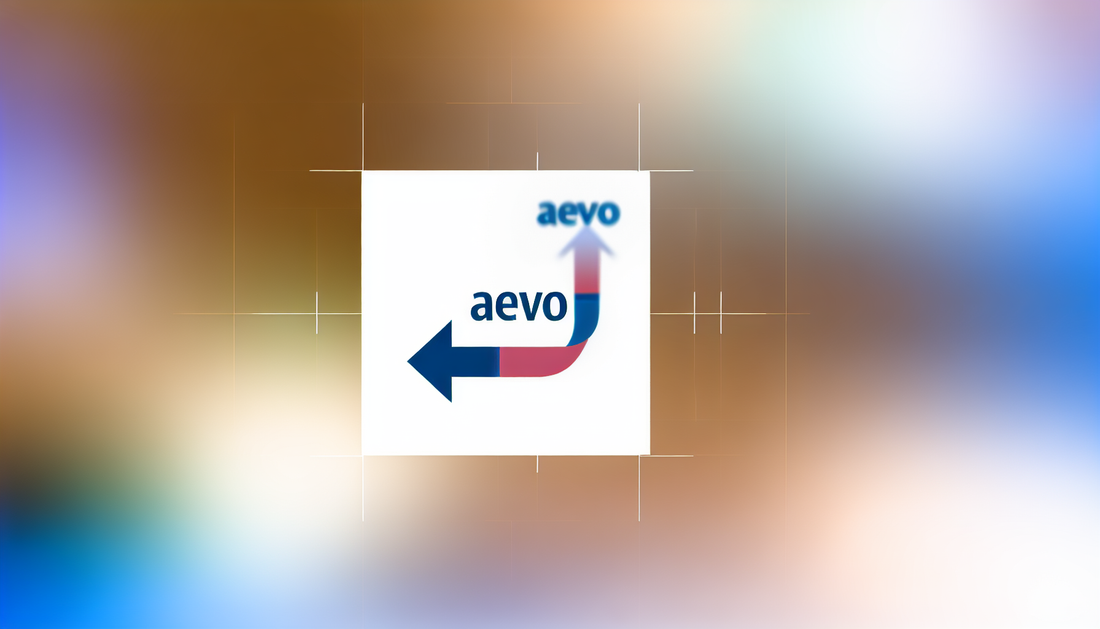
Decoding AEVO's Unique Tokenomics
Share
Understanding AEVO's Tokenomics: A Comprehensive Guide
The cryptocurrency landscape is dynamic, with each asset boasting its unique structure and purpose. AEVO, an emerging crypto asset, attracts attention for its distinct tokenomics - a term used to define the economic design of tokens within a blockchain ecosystem.
Tokenomics is a crucial aspect that potential investors and users need to consider, as it often governs the currency's scalability, utility, and governance. AEVO stands out with its comprehensive tokenomics model, aimed at maximizing the ecosystem's efficiency while ensuring sustainability within the market.
Token Distribution
AEVO's token distribution seeks to align incentives among different stakeholders. Typically, a strategic portion of the total AEVO tokens is allocated to early backers and contributors. Such a distribution strategy is designed to ensure that those who help build the network are duly incentivized over the long term. Furthermore, a significant share is often reserved for community incentives, including staking rewards and liquidity mining, promoting active participation in the network.
Governance Model
For a decentralized system like AEVO, governance plays an integral role in determining the future roadmap. AEVO introduces a transparent governance model where token holders can propose and vote on essential network upgrades and changes. This structure is increasingly common in decentralized finance projects, providing a democratic approach that allows users to have a direct impact on decision-making processes.
Utility and Use Cases
The utility of the AEVO token extends beyond simple transactions. As a multifunctional asset within the ecosystem, AEVO enables access to various services and applications. Token holders might benefit from reduced transaction fees, premium features, or even exclusive access to upcoming projects. Such utilities are strategically designed to increase demand and circulation of AEVO tokens, thus contributing to a robust ecosystem.
Emission Schedule
In understanding AEVO's tokenomics, the emission schedule is key. An emission schedule refers to the pattern or rate at which new tokens are released into circulation. For AEVO, it's typically structured to control inflation while ensuring sufficient liquidity to fund network growth and incentivize new users. By regulating token supply, AEVO aims to strike a balance between encouraging spending and maintaining long-term value.
For those interested in diving deeper into tokenomics strategies, the Decoding PyrFi Tokenomics offers insightful parallels that highlight strategic economic frameworks similar to AEVO.
With its meticulous tokenomics strategy, AEVO seeks to establish a sustainable and equitable system that supports innovative use cases and governance structures, interconnected by the fundamental laws of supply and demand within the blockchain landscape.
